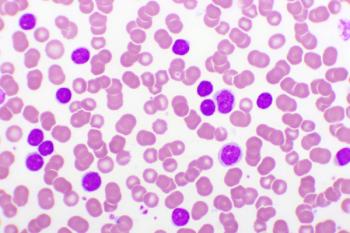
5 Facts About Urgent Care Clinics
In the last 5 years urgent care has seen a rise in popularity. Here are 5 facts about urgent care clinics.
Convenience has become important in healthcare, whether it is increased use of technology or where someone gets care. Difficulty making appointments has led to people not visiting the doctor or just going to the emergency room, and now they are using urgent care clinics, as well.
In the last 5 years urgent care has seen a rise in popularity. Here are 5 facts about urgent care clinics.
1. Urgent care clinics are not the same as retail clinics
Retail clinics are walk-in clinics that are usually located in retail stores, supermarkets, and pharmacies. The clinicians there treat uncomplicated minor illnesses and can provide preventive services. Urgent care clinics treat different issues.
Urgent care clinics are also walk-in clinics, but they focus on treating injuries or illnesses that require immediate care, but should not require an emergency room (ER) visit. They may not be open 24 hours a day, but urgent care clinics typically have long hours. Urgent care clinics have been around in the United States
2. Urgent care clinics reduce unnecessary ER visits
When people can’t get an appointment to see their primary care physician, or if they don’t have one, they typically go to the ER. Urgent care clinics mean patients don’t need to go to the ER for a costly visit to get a cold treated or an X-ray.
And insurers are promoting the use of urgent care clinics over an ER visit for non—life-threatening issues. For example, regional
3. Urgent care doctors can prescribe most medicines, but not all
Many urgent care clinics have their own pharmacy, which means doctors are
However, there are certain medications that need monitoring or follow-up, and doctors at urgent care clinics won’t be able to prescribe those. They will not be able to prescribe refills, narcotics, long-term pain medications, or anti-anxiety medications.
4. Millennials are choosing urgent care over primary care
Last year, a survey
5. Urgent care is not a replacement for primary care
Many Americans who do utilize urgent care often have a primary care doctor. For these people, urgent care is being viewed as a bridge between the primary care doctor’s office and the ER.
Newsletter
Stay ahead of policy, cost, and value—subscribe to AJMC for expert insights at the intersection of clinical care and health economics.









































